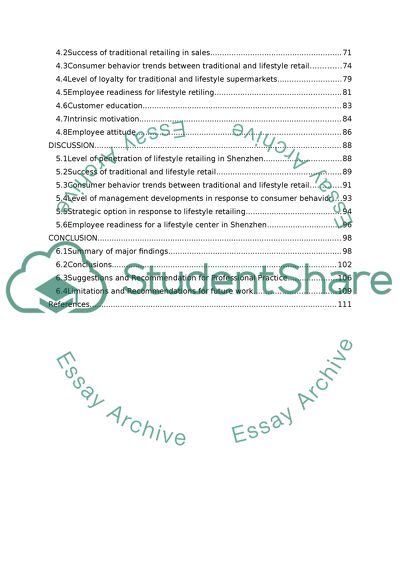Applied or practicing anthropology Essay Example | Topics and Well Written Essays - 500 words. Retrieved from https://studentshare.org/anthropology/1691465-applied-or-practicing-anthropology
Applied or Practicing Anthropology Essay Example | Topics and Well Written Essays - 500 Words. https://studentshare.org/anthropology/1691465-applied-or-practicing-anthropology.


